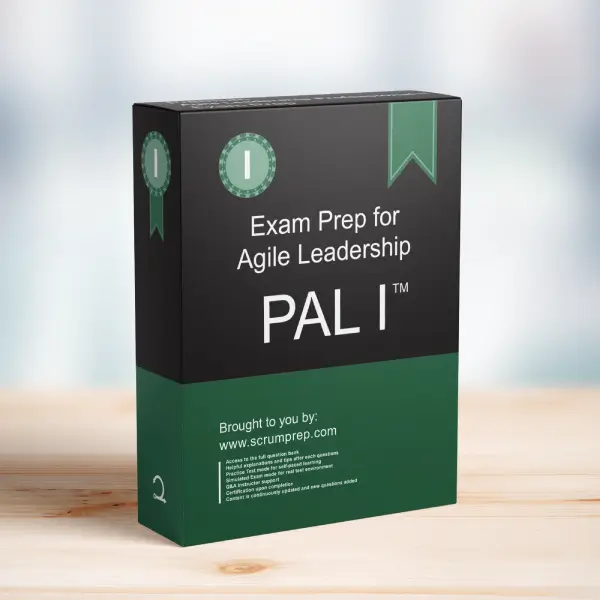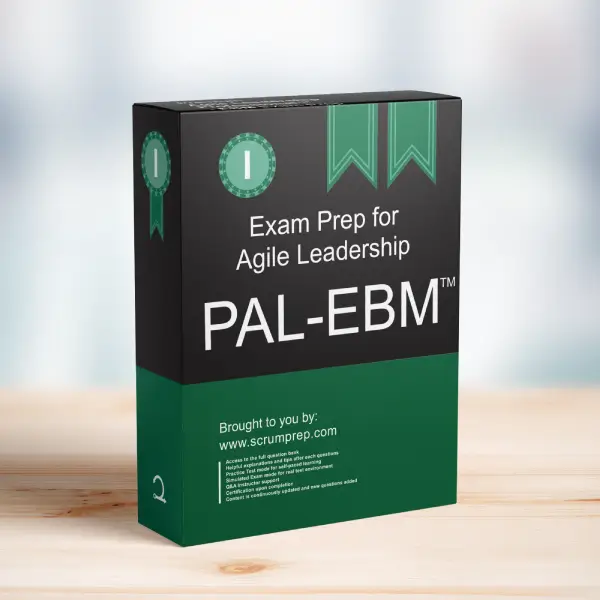Measuring Market Potential with Key Value Areas
Understanding the market potential of a product is crucial for strategic planning and investment decisions. This article explores which Key Value Area best measures market potential.
Exam Question
Which Key Value Area best measures market potential?
(choose the best answer)
A. Unrealized Value.
B. Current Value.
C. Time-to-Market.
D. Ability to Innovate.
E. None of the above.
Correct Answer
A. Unrealized Value.
Explanation
Correct Answer
A. Unrealized Value:
Unrealized Value (UV) is the Key Value Area that best measures market potential. It represents the potential benefits that could be realized if additional customer needs are met or new markets are tapped. By evaluating the gap between the current value delivered and the potential value, organizations can identify opportunities for growth and innovation.
Why the Other Options Are Less Relevant
B. Current Value:
Current Value (CV) measures the existing benefits and satisfaction delivered to customers. While important for understanding present performance, it does not indicate potential future value.
C. Time-to-Market:
Time-to-Market (T2M) measures the speed and efficiency of delivering new value to the market. It helps improve responsiveness but does not directly measure market potential.
D. Ability to Innovate:
Ability to Innovate (A2I) assesses an organization’s capacity to improve and adapt based on feedback and new insights. It supports market potential by fostering innovation but does not directly measure it.
Importance of Measuring Unrealized Value
- Identifying Opportunities: Assessing Unrealized Value helps in identifying gaps between current performance and potential market opportunities.
- Strategic Planning: Understanding UV supports strategic decisions on where to invest for future growth.
- Customer Needs: Evaluating UV highlights unmet customer needs and areas for product enhancement.
EBM Framework Insights
- Current Value (CV): Focuses on the existing benefits delivered to customers.
- Unrealized Value (UV): Evaluates potential benefits and market opportunities.
- Ability to Innovate (A2I): Supports identifying and exploiting new opportunities through innovation.
- Time-to-Market (T2M): Ensures timely delivery of new value to capture market opportunities quickly.
Relevance to the PAL-EBM Exam
Understanding how to measure market potential through Unrealized Value is crucial for the PAL-EBM exam. This knowledge demonstrates the ability to apply the EBM framework to strategic decision-making and growth planning.
Key Takeaways
- Unrealized Value is the best Key Value Area for measuring market potential.
- Assessing UV helps identify growth opportunities and unmet customer needs.
- UV supports strategic planning and investment decisions.
- Understanding UV is crucial for the PAL-EBM exam.
Conclusion
Measuring market potential through Unrealized Value helps organizations identify and exploit growth opportunities. For more information on preparing for the PAL-EBM exam, visit our Professional Agile Leadership PAL-EBM™ Exam Prep.




